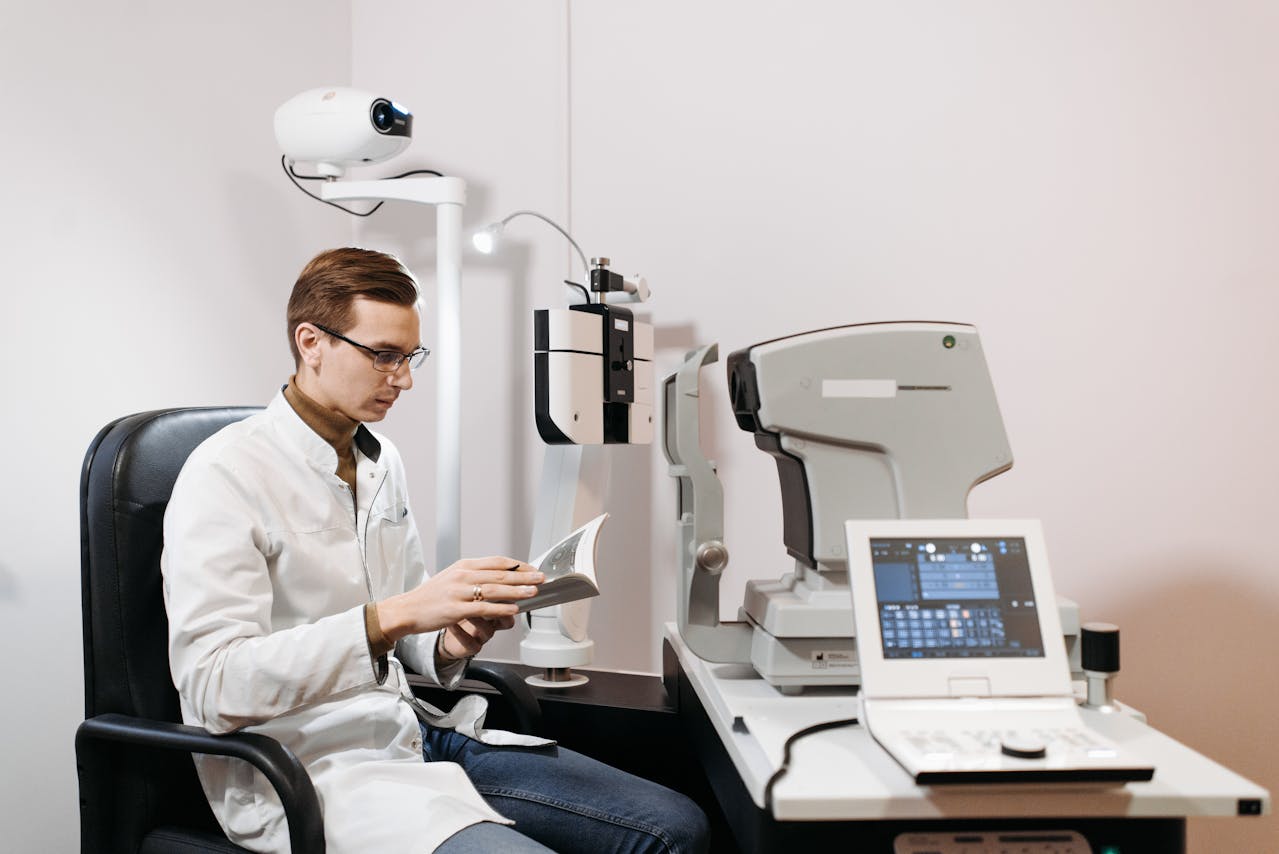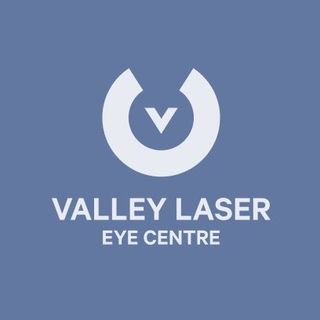In the evolving world of vision correction, staying informed about the latest advancements is crucial, especially for those of us experiencing reading difficulties as we age. At our clinic, we pride ourselves on harnessing cutting-edge technologies to enhance visual accuracy and comfort. Our aim is to provide you with detailed insights and options, helping you make informed decisions about your eye health and reading vision correction.
Reading vision challenges, commonly known as presbyopia, naturally start affecting individuals in their mid-40s and beyond. It’s a condition where the eyes gradually lose the ability to focus on nearby objects. Fortunately, with technological advancements, there are now several effective solutions to this common issue. These solutions range from innovative surgical procedures to customized implants, each designed to cater to unique vision needs.
We understand the importance of clear vision, especially when it comes to reading and other close-up tasks. That’s why we focus on personalized care and state-of-the-art treatments that promise not just to correct your vision but to enhance your overall quality of life. Join us as we explore how the latest technologies in reading vision correction can help you regain sharp, clear vision for all your favourite books, screens, and close-work hobbies.
Disclaimer: This blog post does not replace medical advice and should not be implemented prior to consulting a fully certified medical professional.
Overview of Current Reading Vision Correction Technologies
In the ever-evolving world of vision care, we’re dedicated to offering the most advanced reading vision correction technologies available. Technological advancements have made strides in treatments that not only enhance your ability to see clearly at all distances but particularly in improving reading vision. One of the significant breakthroughs in this area has been the development of multifocal and accommodative lenses, which are designed to help patients see at multiple distances, particularly beneficial for reading up close. Additionally, corneal inlays, small devices implanted in the eye, have emerged as a subtle yet effective option for boosting reading vision without affecting distance vision significantly.
We also employ advanced laser procedures like PRK (Photorefractive Keratectomy), which have been refined over the years to address specific zones of the cornea that impact reading vision. These procedures are meticulously planned using detailed mapping technologies that assess the cornea’s shape and imperfections, ensuring each treatment is tailored to the patient’s unique ocular structure. Our commitment lies in offering these cutting-edge solutions that enable our patients to enjoy a naturally improved range of vision, supporting not just distance sight but also near and intermediate visual tasks.
Comparing Modern Solutions for Presbyopia
Presbyopia, the gradual loss of your eyes’ ability to focus on close objects, is a common challenge as we age. Fortunately, several modern solutions offer effective relief from presbyopia, allowing our patients to regain a clear and functional near vision. Here, we compare some of the most promising treatments:
1. Multifocal IOLs (Intraocular Lenses): These are particularly advantageous for patients undergoing cataract surgery. We replace the eye’s natural lens with an IOL designed to provide clear vision at multiple distances. Multifocal IOLs are skillfully crafted to adjust to different lighting conditions and visual demands, whether looking at a close-up text or viewing something afar.
2. Corneal Inlays: A less invasive alternative, corneal inlays involve a small implant placed within the cornea. This approach is ideal for those who prefer a reversible option. The inlay works by increasing the depth of focus in one eye, which enhances near vision while maintaining good distance vision.
3. Refractive Lens Exchange (RLE): Similar to cataract surgery, RLE involves replacing the eye’s lens with a synthetic one that is customized to correct presbyopia. This procedure is suited for those who might not have a cataract but wish to address presbyopia and other refractive errors simultaneously.
Each of these options has unique benefits and considerations, and our role is to help you navigate through these choices, weighing factors like your lifestyle, health, and the specific nature of your presbyopia, ensuring the solution you opt for aligns perfectly with your vision needs and expectations.
This blog post does not replace medical advice and should not be implemented prior to consulting a fully certified medical professional.
The Role of Customised Lens Implants in Enhancing Reading Vision
Customised lens implants have revolutionized the way we address specific visual impairments, such as presbyopia, which predominantly affects reading vision. By utilizing advanced lens technology, we can implant lenses that are tailored to the individual’s eye structure and vision needs. These implants, commonly referred to as intraocular lenses (IOLs), are designed not only to correct distant vision but are especially adept at enhancing near vision clarity. This bespoke approach means that each lens is uniquely configured to provide optimal results, catering to both the lifestyle and the specific visual tasks that the patient engages in regularly.
Unlike standard lenses, customised IOLs can include features such as extended depth of focus (EDOF), which creates a more seamless transition between different viewing distances. This is particularly beneficial for patients who need to switch frequently between close-up work and longer-range vision throughout their day. By integrating these advanced lenses, we effectively restore youthful vision, allowing patients to enjoy everyday activities like reading, sewing, or using digital devices without the constant need to switch eyewear.
Future Trends in Reading Vision Correction
Looking ahead, the field of reading vision correction is poised for even more innovative breakthroughs. Research is currently underway on dynamic focusing lenses, which aim to mimic the natural accommodation of the eye. These lenses would adjust their focus in real time based on where the user is looking, offering a truly adaptive solution to vision correction. Moreover, developments in bioengineering are leading toward biocompatible implants that could potentially regenerate or mimic natural eye functions, further blurring the lines between natural vision and technological enhancements.
Additionally, there’s growing interest in minimally invasive procedures that can offer quicker recovery times and fewer complications. Laser-based techniques continue to advance and are being combined with real-time optical coherence tomography (OCT) to provide even more precise corrections. As technology evolves, so too does our ability to offer cutting-edge solutions that make poor vision a thing of the past. These advancements promise a future where reading glasses could become obsolete, replaced by ever more effective and enduring vision correction treatments.
At Valley Laser Eye Centre, we remain at the forefront of these exciting advancements. Our commitment to using state-of-the-art technology and providing expert care ensures that our patients receive the best options available today, as well as promising new treatments on the horizon. If you’re considering vision correction surgery, contact us at our Abbotsford laser eye center to explore how the latest innovations in reading vision correction can enhance your quality of life.





